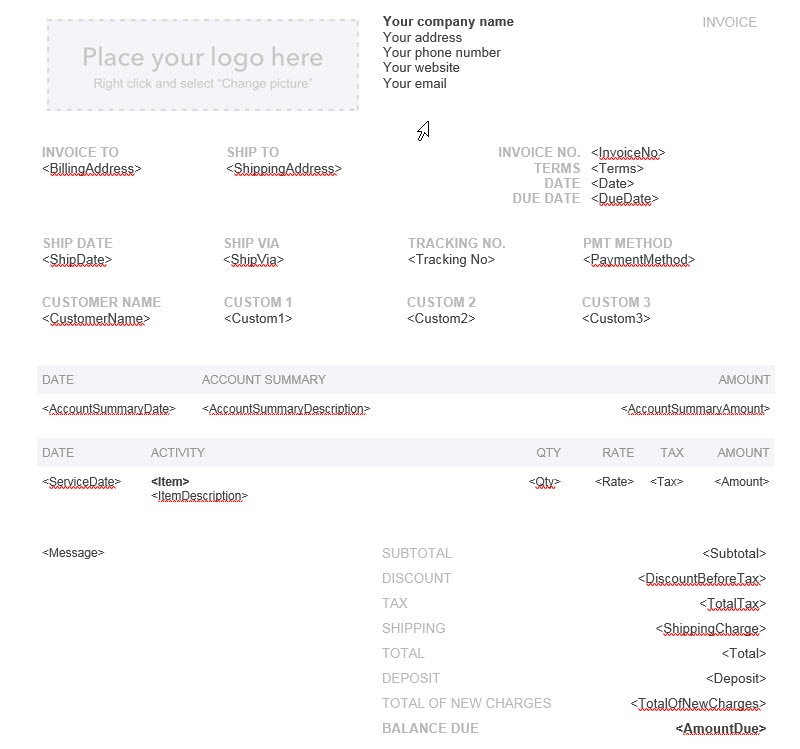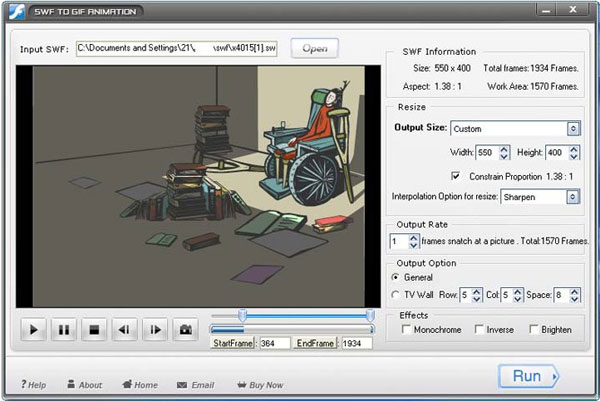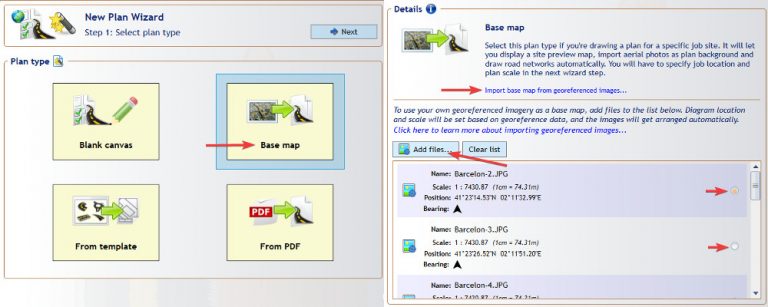

Surfaces that fail to incorporate in the representation of a solid are imported as surface objects.Ĭombine Surfaces With Different Materials: When this option is selected, surfaces with differing materials will be combined to make solids. It will create as many solid objects as possible.

Z does not attempt to create faces that may be missing.Z to be fully successful in this task, the imported data should contain all the surfaces that are needed to completely enclose a solid object.
Importing jpg formz how to#
Z how to import these entities into its modeling environment in a meaningful manner.Ĭonstruct 3D Solids: When this option is on, groups of surfaces whose edges touch are compiled and solid objects are constructed from them, provided these sets of surfaces are complete and satisfy the closure requirement.There is typically no information about which polylines belong together. Constructing solids from closed polylinesĬomposition: Three dimensional entities imported from other applications are typically collections of polylines which, when taken together, enclose an entity equivalent of a solid. If a file to be imported references a font that is not available, the font selected from this menu will be used as a substitute. Replace Unavailable Fonts With: This is a menu that lists the fonts available on the system form Selecting this option prevents text objects from being imported. It may not be desirable to import this text. Skip Text Objects: Some files contain text used for annotation. Selecting this option will prevent point objects from being imported. Skip Point Objects: Point objects are sometimes difficult to work around.

Parametric: To the extent possible, all parametric object data, NURBS data, smooth (ACIS) data will be preserved.įacetted: All objects will be imported as plain facetted objects.ĭisplay Resolution: This option sets the display resolution of imported smooth objects. Import Method: This group of options controls the method used for converting imported objects to form

These are either object file formats,which transfer descriptions of 2D shapes and 3D objects, or image file formats that contain mostly bit mapped descriptions of scanned, captured, or rendered images.


 0 kommentar(er)
0 kommentar(er)
